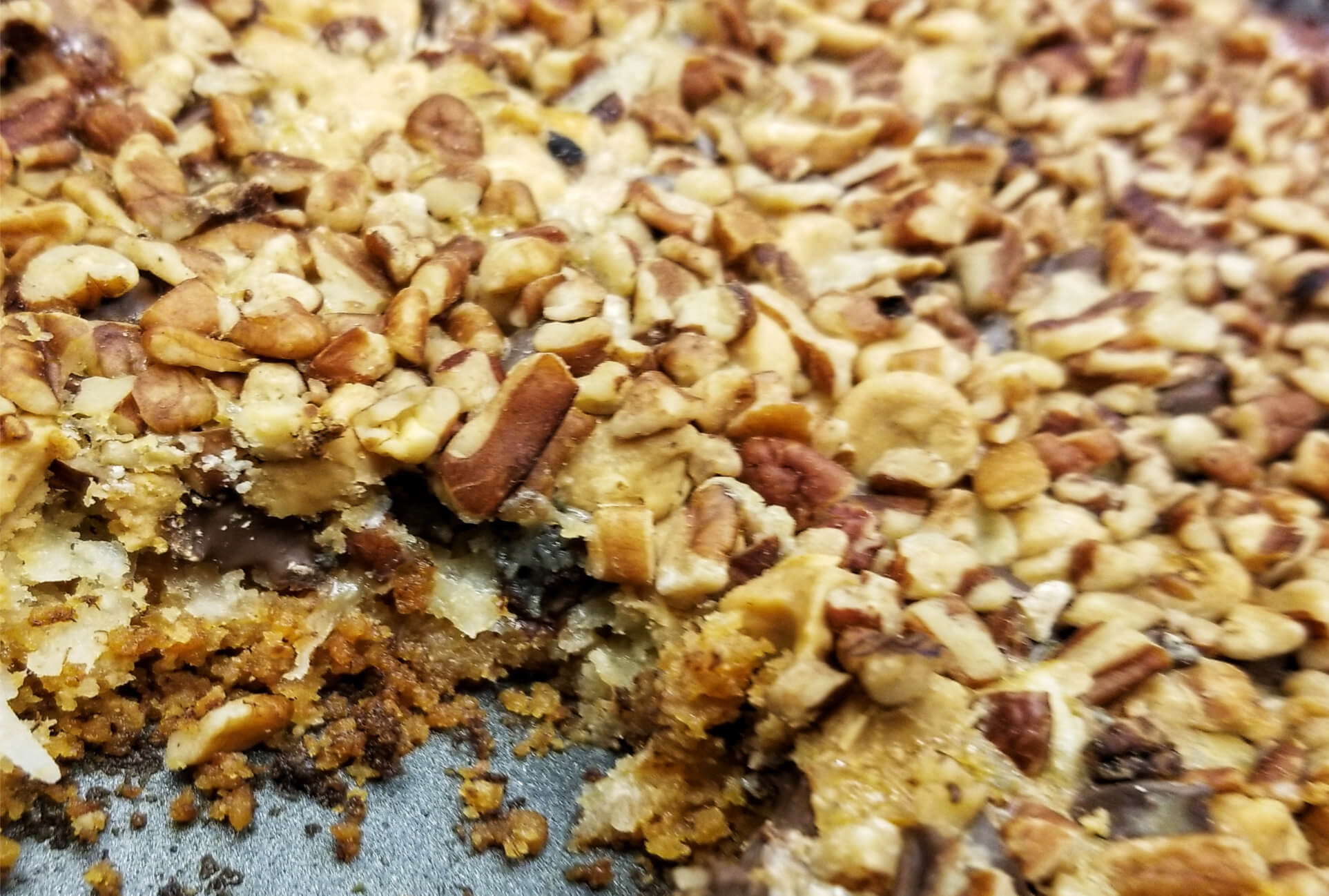- THC Absorption
- Eating
- Smoking
- Credible Tool of Health
THC Absorption
There is no serious long-term harm, toxicity, or lethal overdose for the consumption of cannabis as of December 2019. With that being said, there are many different ways to consume the cannabinoids that cannabis produces. Depending on how much heat is applied to the cannabis will determine which cannabinoids will predominantly affect the brain. This is because heating up cannabis at various high temperatures will alter the cannabinoids. The main difference in how heat is applied to cannabis is through cooking and smoking. Depending on which of these methods is carried out is what determines which cannabinoids are going to be active and then absorbed by the body.

Smoking
When cannabis is smoked or vaporized, THC and other cannabinoids go through a more direct pathway to the brain. This is why you may feel the effects within seconds or minutes after taking a hit. The fire from a lighter or the heat from a heating element heats the cannabis flower to a very high heat. This high heat converts THCa into Delta-9THC. Delta-9THC binds to receptors in the brain distorting imagination, thoughts, and perceptions.

Not only will Delta-9THC contribute to the symptoms of a high, but terpenes will also have an effect as well. These effects experienced from smoking cannabis will wear off within an hour or two. The fast onset of the effects allows users to adjust how much THC they are consuming. The smoke from cannabis is inhaled and Delta-9THC enters the bloodstream via the alveoli or tiny air sacs in the lungs. From the bloodstream the cannabinoids will bind to endocannabinoid receptors in the body and will not be metabolized by the liver or gastrointestinal tract. It is important to note that inhaling smoke from any source will irritate and inflame the respiratory tract which can lead to health issues such as chronic lung disease over the long-term. Vaporization is a health-conscious alternative to smoking cannabis that is commonly recommended, but a healthier method would be consuming edibles.
Edibles
Getting high through ingestion rather than by smoking is a healthier alternative. It eliminates the carcinogens that smoking creates. On the other hand, it can be difficult to accurately dose oneself and effects can take up to two hours to feel fully. Cannabis edibles are heated to approximately 300F on average which converts THCa into Delta-9THC. Since THC is lipophilic, activated THC has to be dissolved in fat such as coconut oil or clarified butter. The onset of the high from THC edibles is delayed after ingestion as it is processed by the body. Cannabinoids from edibles are metabolized by the liver before it enters the bloodstream. During this process lots of Delta-9THC molecules become 11-OH-THC or 11-hydroxy-THC which means 11-OH-THC is a metabolite of Delta-9THC (4). This form of THC can pass the brain barrier more quickly and it is generally considered a more potent chemical. When the onset of the high sets in, the high can last anywhere from 4-8 hours which is largely dependent on the dose of THC. Eating edibles is one way to feel the effects of THC much longer than smoking cannabis. Consuming cannabis edibles can produce a high that can have different effects on users and can be much more intense which cannot be stated lightly. In a 1973 research study known as the Comparative Pharmacology of Delta-9THC and its Metabolite, 11-OH-THC, several men were injected with 1mg of 11-hydroxy-THC, they were then asked to rate their high on a scale of zero to ten when compared to an injection of Delta-9THC that was administered previously. Researchers from the Lilly Laboratory for Clinical Research wrote that all subjects that were administered 11-OH-THC intravenously, reported that they were experiencing much more intense physiologic and psychologic effects when compared to smoking cannabis or their injection of Delta-9THC. This is why it is important to dose lightly and slowly increase your dosage as it comfortably suits you.

10mg of THC is the single serving size of marijuana-infused products in many recreationally legalized cannabis states. If you have not ever consumed cannabis or it has been several months, then you may want to start as small as 2.5-5mg. Edibles can be found as all types of foods from gourmet dishes to candy. Their total dosage can also go as high as 100mg for recreational sales and 1,000mg for medical sales in Colorado. If you do end up consuming too much you may experience vertigo (dizziness) or malaise (feeling ill). To ease these symptoms you may want to close your eyes and drink lots of water. It is also possible to ease the effects of THC with CBD, but there is no guarantee.
Credible Tool of Health
The acceptance of cannabis as a credible tool of health remains undermined by the difficulty in standardizing and administering doses. The inconsistencies in potency lab testing among various states, the inconsistencies with potency in edibles, and the smoking of cannabis as a method of ingestion makes it difficult for doctors to encourage its use as a viable tool to improve health without negative side effects.
Comments powered by Talkyard.